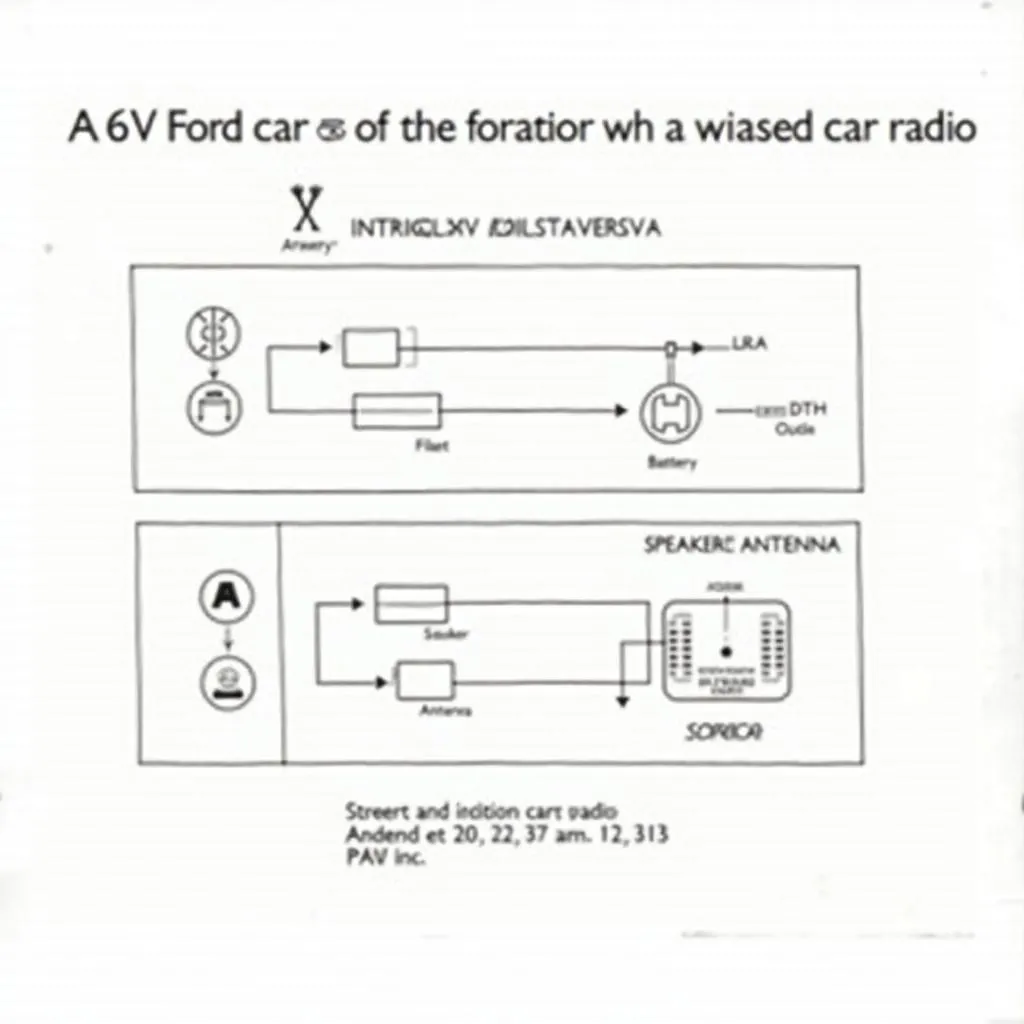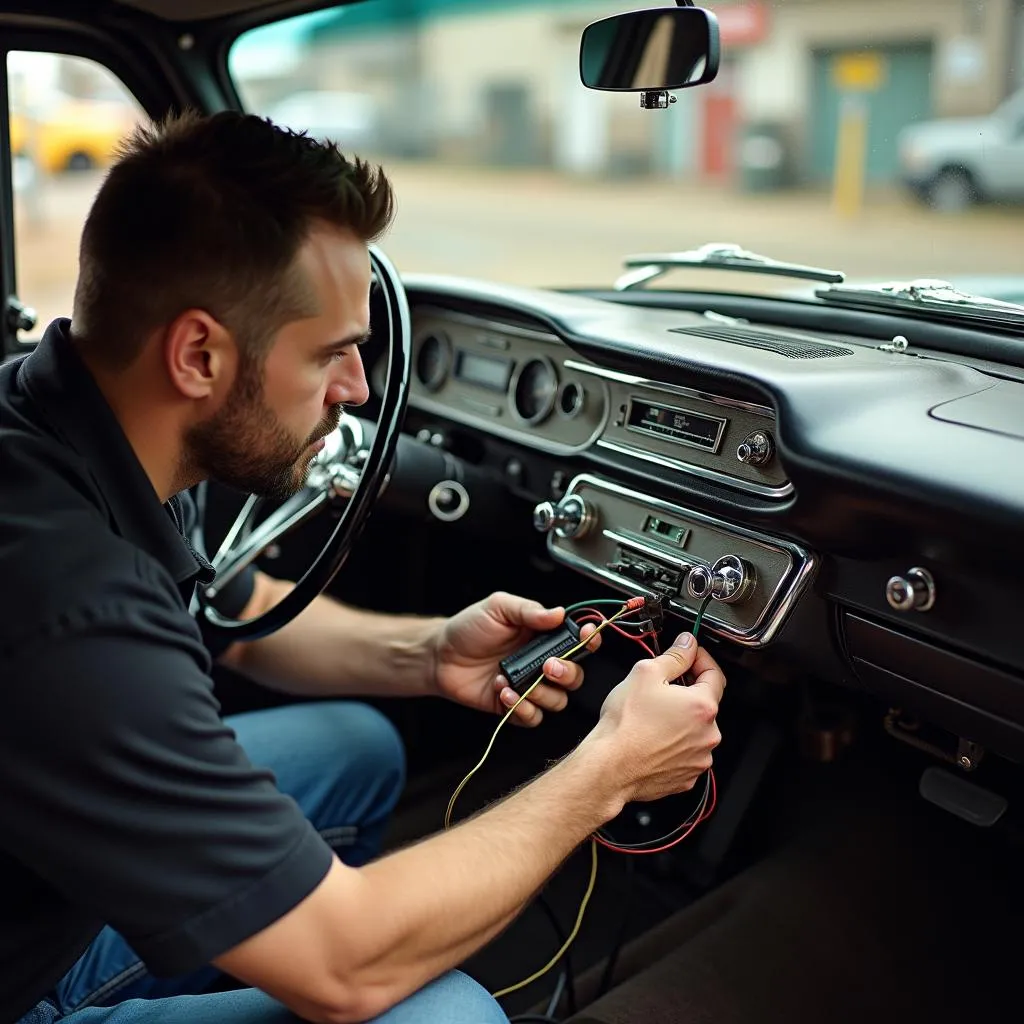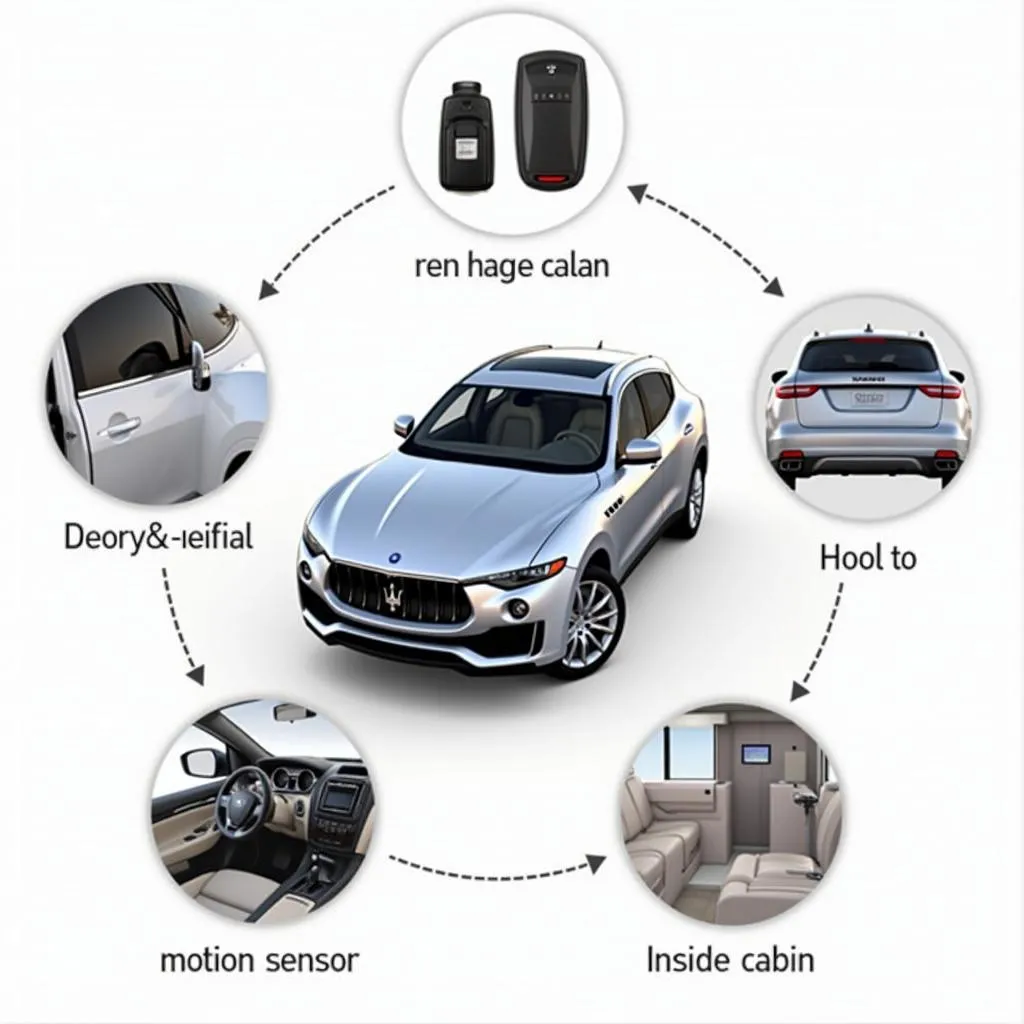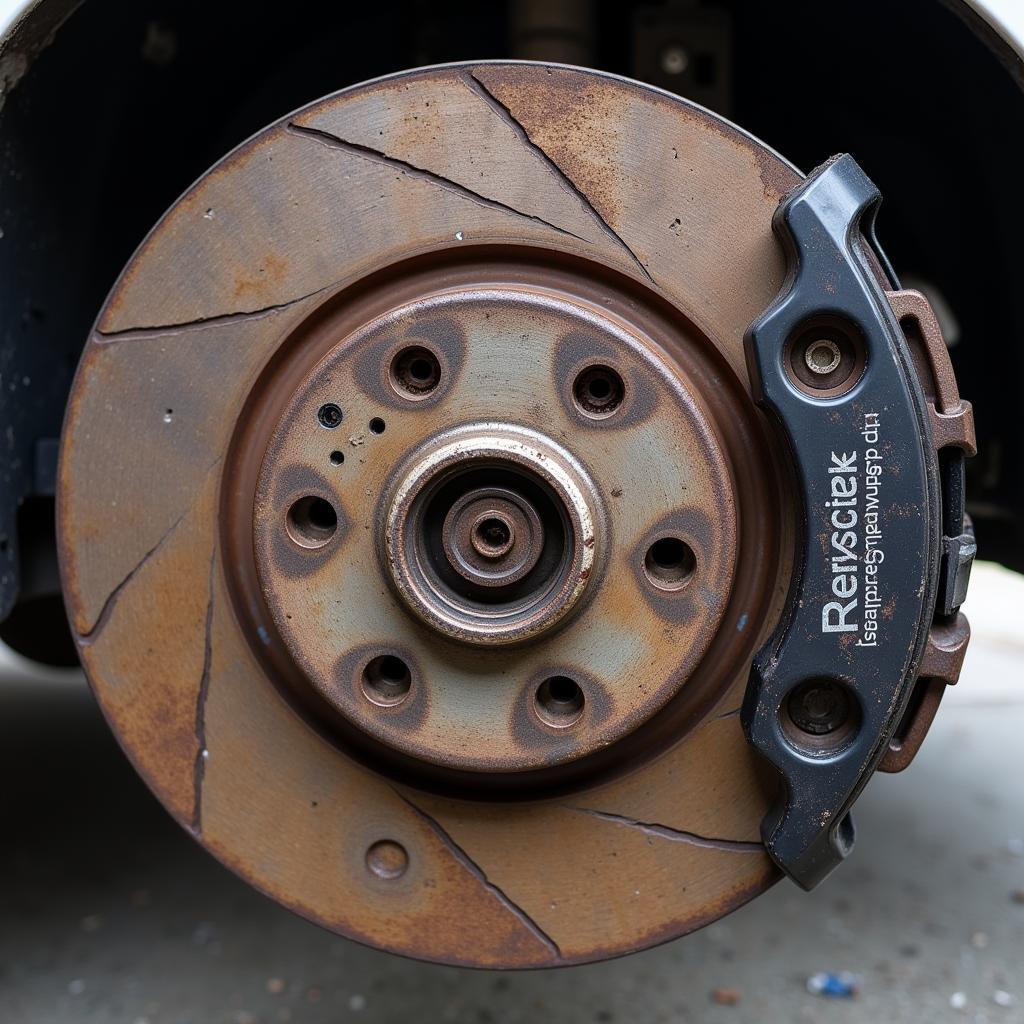Restoring a classic Ford often involves reviving its original 6V radio. While nostalgic, these radios can pose wiring challenges. Fear not! This guide will navigate you through common issues, wiring diagrams, and solutions.
Understanding Your 6V Ford Car Radio
Before diving into wiring, familiarize yourself with your 6V radio. Unlike modern 12V systems, these radios rely on a 6-volt electrical system, common in pre-1950s Fords. The wiring might seem simpler, but compatibility is crucial. Connecting a 6V radio to a 12V system spells disaster!
Common 6V Ford Radio Issues
Experiencing static, silence, or intermittent operation? Here are some usual suspects:
- Loose or corroded wiring: Time and elements take a toll on wiring, causing poor connections.
- Faulty speaker: A blown speaker will leave you with eerie silence.
- Incorrect wiring: One misplaced wire can disrupt the entire circuit.
- Damaged antenna: A broken or poorly grounded antenna hinders signal reception.
- Malfunctioning tubes: These delicate components can deteriorate, impacting performance.
Identifying the Culprit
Diagnosing the issue requires a systematic approach:
- Visual inspection: Check all wiring for fraying, looseness, or corrosion. Pay attention to connections at the radio, speaker, and antenna.
- Battery test: Ensure your 6V battery delivers adequate power. A weak battery can cause various electrical gremlins.
- Speaker test: Test the speaker using a multimeter to check for continuity. No continuity indicates a blown speaker.
- Antenna inspection: Examine the antenna for physical damage and ensure proper grounding.
 Wiring diagram of a 6V Ford car radio
Wiring diagram of a 6V Ford car radio
Gathering Your Tools
Before you start rewiring, gather these essential tools:
- Wiring diagram: This is your roadmap! It details each wire’s path and connections. You can often find these online or in vintage Ford manuals.
- Multimeter: This versatile tool checks for voltage, continuity, and resistance, aiding in troubleshooting.
- Wire strippers/cutters: Essential for clean wire stripping and cutting.
- Electrical tape: Secure and insulate wire connections.
- Soldering iron and solder (optional): For more permanent and reliable connections.
Reconnecting the Past: Wiring your 6V Radio
Follow these general steps to wire your 6V Ford radio, always referring to your specific wiring diagram:
- Disconnect the battery: Safety first! Disconnect the negative battery terminal before working on any electrical component.
- Identify power, ground, antenna, and speaker wires: Consult your wiring diagram to locate these key wires.
- Connect the power wire: Typically, this wire connects to the ignition switch, providing power when the car is on.
- Connect the ground wire: A solid ground connection is crucial. Connect this wire to a clean, unpainted metal surface on the car’s chassis.
- Connect the antenna and speaker wires: Follow the diagram for accurate connections.
- Test the radio: Reconnect the battery and turn on the radio. If it powers on and you hear sound, you’re good to go!
 Installing a car radio in a vintage Ford.
Installing a car radio in a vintage Ford.
FAQs
Q: Can I convert my 6V radio to 12V?
A: While possible, it requires significant electronic modification. Consider using a voltage reducer for easier compatibility.
Q: Where can I find a reliable 6V Ford radio wiring diagram?
A: Online forums, vintage Ford clubs, and repair manuals are excellent resources.
Q: My radio works intermittently. What could be wrong?
A: Loose connections, a failing antenna, or a weak battery are common causes.
Q: Can I use modern speakers with my 6V radio?
A: It’s not recommended. Modern speakers are designed for higher impedance and may get damaged or deliver poor sound quality.
Need a Helping Hand?
“Troubleshooting classic car electronics can be like deciphering ancient hieroglyphs,” says John Peterson, a veteran automotive electrician and author of “The Classic Car Electrical Handbook.” “Having a reliable wiring diagram and the right tools is essential.”
Still feeling daunted? Contact CARDIAGTECH for professional remote diagnostics, programming, and software installation. We specialize in breathing life back into classic car electronics.


